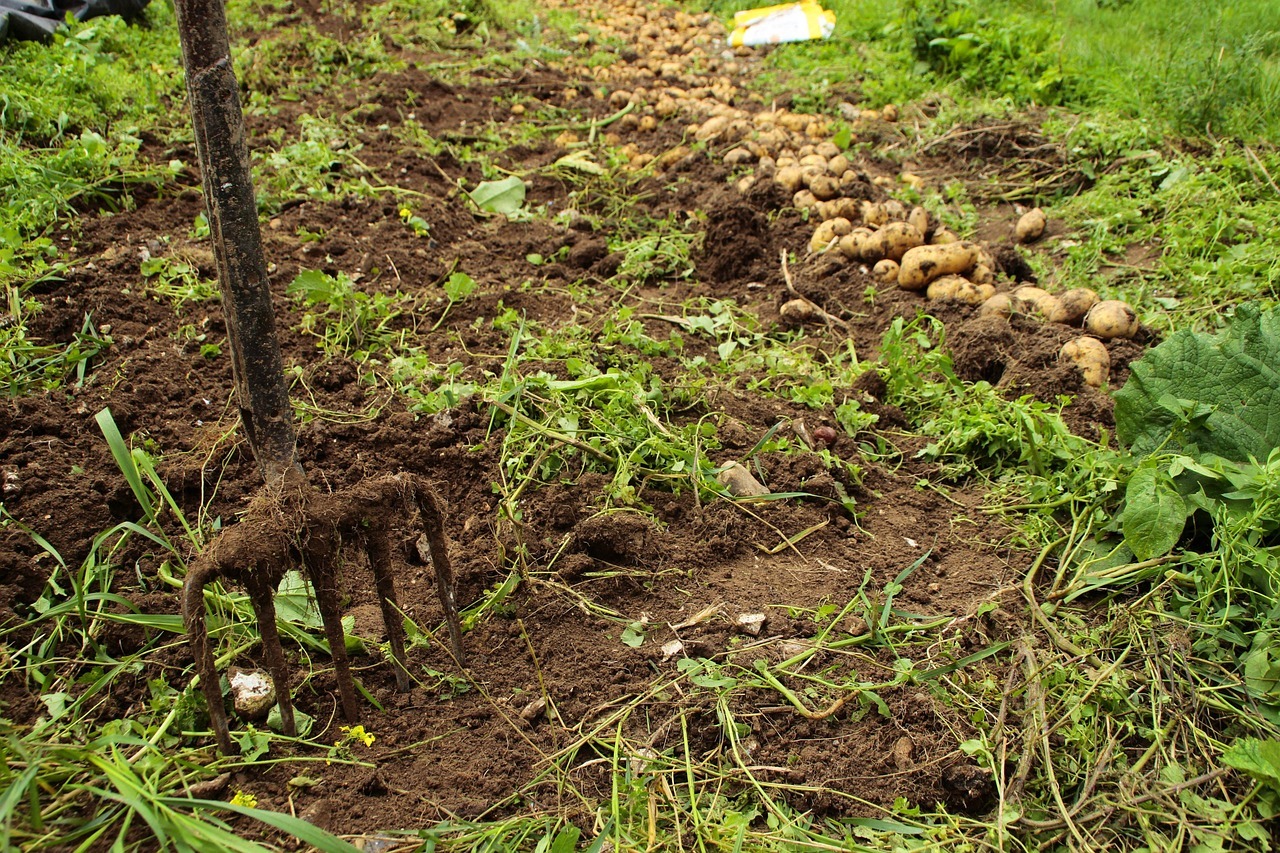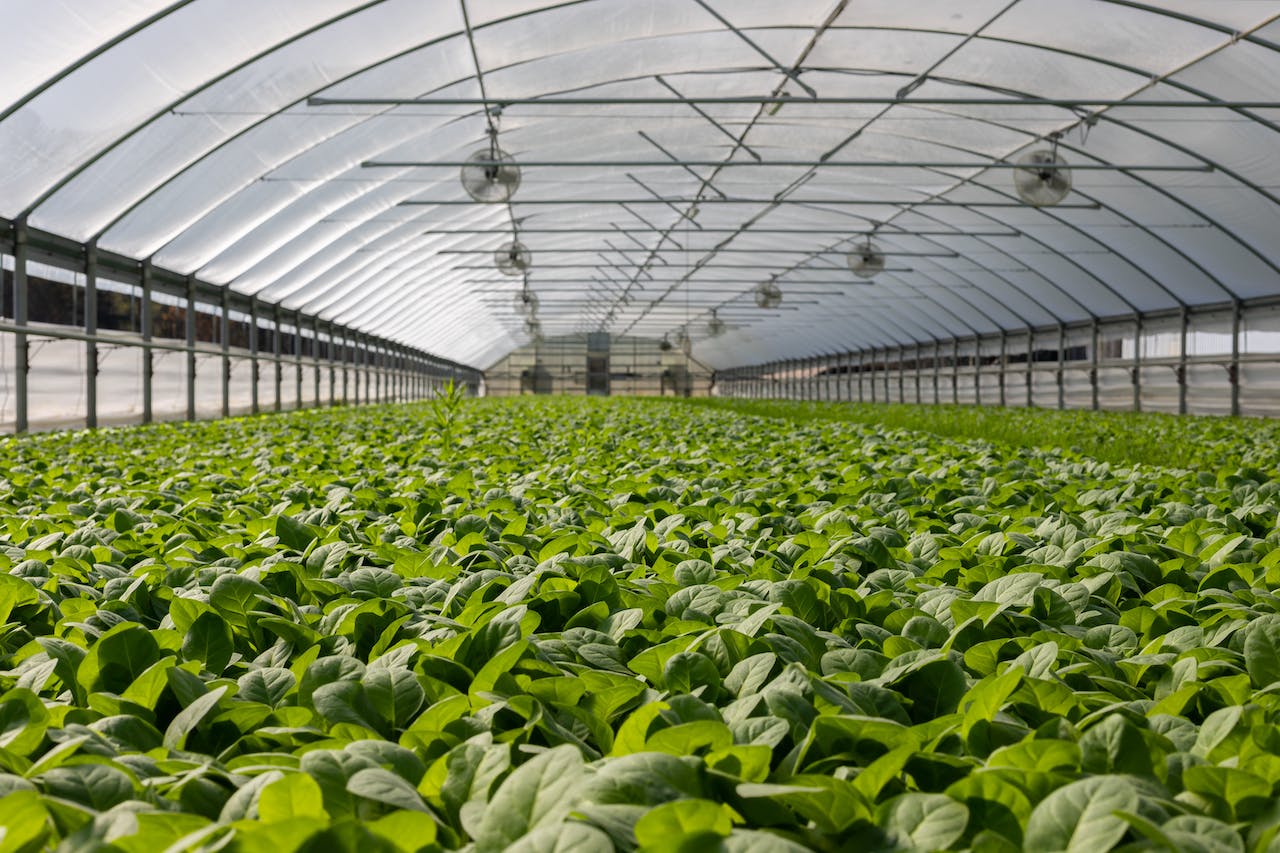An Introduction to Permaculture: Sustainable Design for Your Homestead
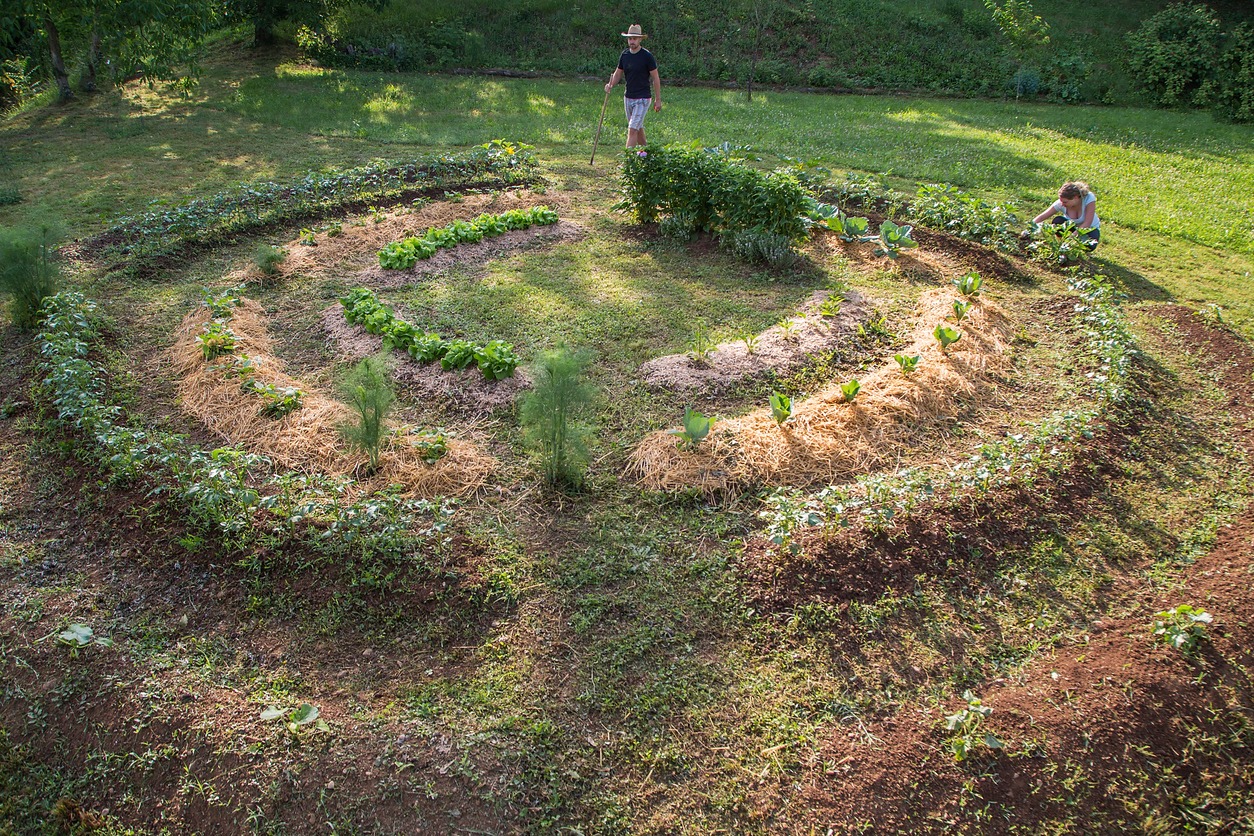
Permaculture is an innovative, sustainable approach to homesteading that works with nature rather than against it. This comprehensive design philosophy empowers homesteaders to create self-sufficient, resilient systems that yield abundant resources while minimizing environmental impact. At its heart, permaculture relies on three guiding ethics—Earth Care, People Care, and Fair Share—which form the basis for sustainable living practices.
By observing natural patterns and applying principles of energy conservation and closed-loop systems, it is possible to design a homestead that becomes a thriving, self-sustaining ecosystem. Through permaculture, each component of a homestead works in harmony, creating a space where resources are valued, waste is minimized, and both people and the planet benefit.
What is Permaculture?
Permaculture, a term coined in 1978 by Bill Mollison and David Holmgren, combines “permanent” and “agriculture,” reflecting its focus on sustainability and longevity. It’s a systematic design approach that mimics natural ecosystems to establish productive, self-sustaining habitats for humans and wildlife alike. Permaculture advocates designing systems that minimize waste, conserve resources, and meet human needs by mimicking nature’s intricate and efficient cycles.
At its core, permaculture emphasizes designing with nature in mind, fostering a deep understanding of local ecosystems and their inherent patterns. It integrates a wide range of elements—plants, animals, buildings, and people—into a cohesive system, carefully observing natural patterns to inform a sustainable homestead layout. This method of design invites homesteaders to look beyond individual tasks or elements and consider how everything interrelates within an ecosystem, thereby creating a homestead that is resilient, productive, and ecologically sound.
Core Ethics and Principles of Permaculture
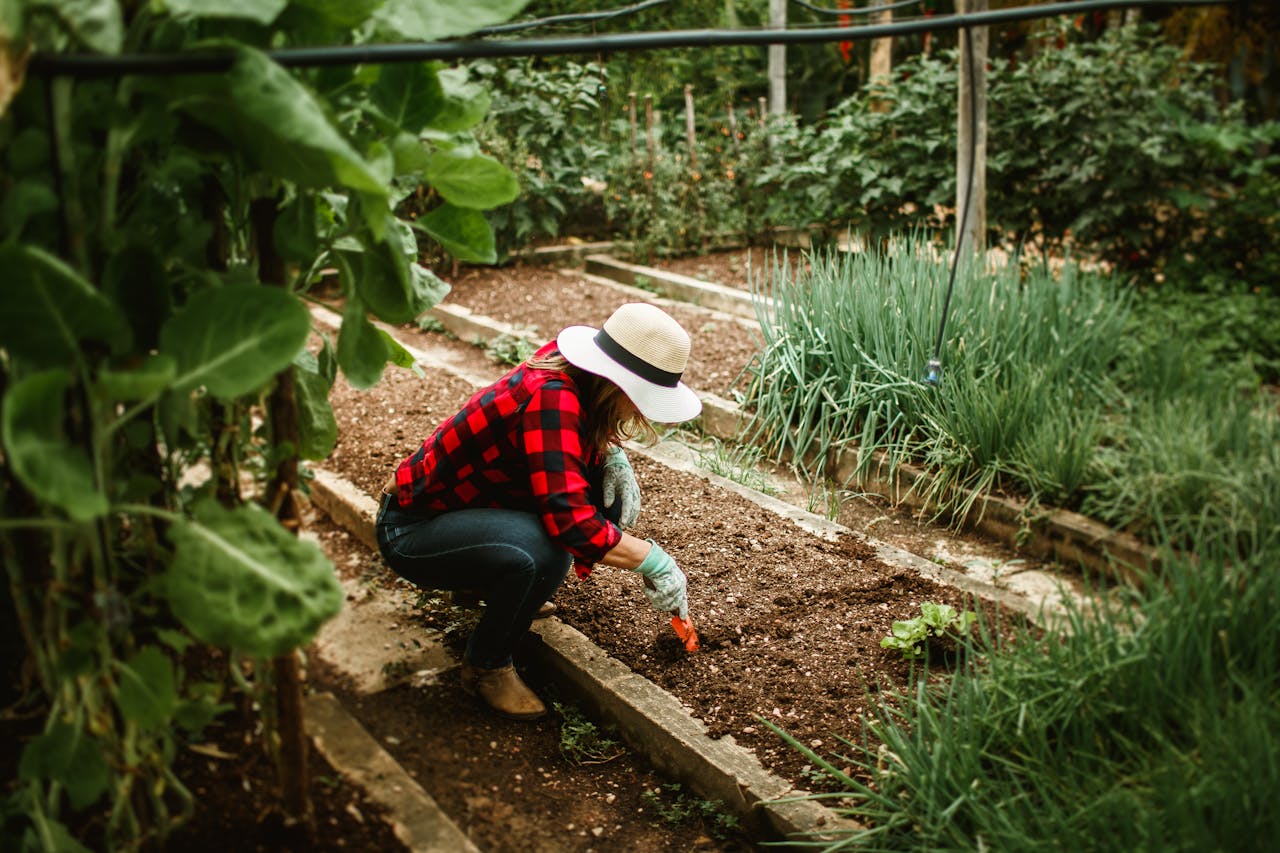
Permaculture’s core ethics—Earth Care, People Care, and Fair Share—are a moral foundation for all design decisions. These ethics encourage homesteaders to approach sustainable design and living with integrity and respect for the natural world.
- Earth Care reminds us to respect all living systems, working in ways that protect and replenish the Earth’s resources.
- People Care prioritizes sustainable approaches that meet human needs without compromising the well-being of future generations.
- Fair Share emphasizes equitable resource distribution and advocates for responsible consumption, encouraging limits on material needs and sharing surplus within communities.
Built upon these ethics, permaculture principles serve as practical guidelines that bring them to life. These principles include conserving energy and capturing yields, focusing on self-regulation and adaptability, using renewable resources, minimizing waste, and designing from a broad pattern down to finer details. These core values inspire homesteaders to work in harmony with nature, creating systems that are not only sustainable but regenerative, ensuring that each component of the homestead contributes positively to the whole.
Observing Natural Patterns
Permaculture design begins with careful observation of natural patterns on a homestead. By studying the terrain, climate, and ecological relationships, a homesteader can design an efficient layout that optimizes resources and reduces maintenance. Observation includes noting how water flows across the landscape, identifying microclimates, and recognizing the interactions between plants and animals.
Key Aspects of Observing Natural Patterns:
- Water Flow and Topography: Understanding how water moves across the land helps determine ideal locations for swales, ponds, and other water management features. These elements capture and distribute water, ensuring efficient irrigation while preventing erosion.
- Microclimates and Seasonal Changes: Observing how sun, shade, and wind affect various parts of the homestead helps maximize energy efficiency and crop yields. For example, sun-loving plants thrive in open areas, while shade-tolerant varieties benefit from shelter provided by taller plants or structures.
- Plant and Animal Interactions: Permaculture emphasizes closed-loop systems, where the outputs of one element (e.g., manure from animals) serve as inputs for another (e.g., fertilizing crops). Recognizing these relationships is essential for creating a resilient ecosystem.
By observing these patterns, homesteaders can position gardens, structures, and water systems to maximize productivity and sustainability. For example, planting a windbreak on a windy side or locating the vegetable garden in an area with ample sunlight makes the layout more efficient, requiring fewer resources and reducing maintenance.
Designing Your Permaculture Layout
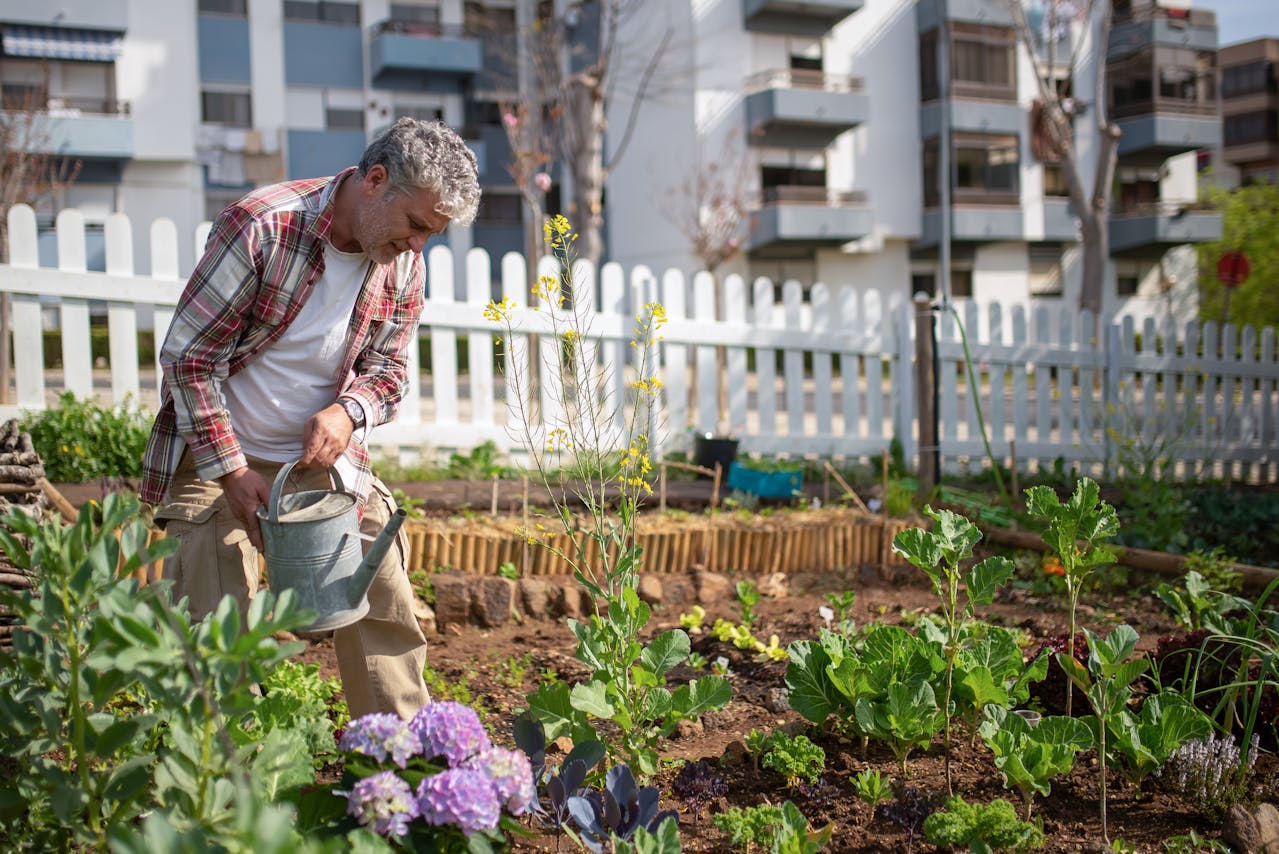
After observing natural patterns, it’s time to design the homestead layout using permaculture’s zone and sector analysis. This process organizes elements based on usage and environmental factors, maximizing efficiency and minimizing unnecessary effort.
Zone Analysis
Zone analysis is the practice of placing elements on a homestead according to their frequency of use. Elements that require daily attention, such as the kitchen garden or compost bin, are placed closer to the home, while those needing less frequent maintenance, like woodlots or grazing areas, are placed farther away. Zones range from Zone 0 (the home itself) to Zone 5 (wilderness areas that remain largely unmanaged).
Example of Zone Layout:
- Zone 1: The area closest to the home, including high-use items like herb gardens, vegetable beds, and compost bins. This zone allows easy access to daily tasks.
- Zone 2: A bit farther from the house, housing elements that require less frequent visits, such as fruit trees or chicken coops.
- Zone 3: Often used for less-intensive gardening or grazing areas for larger animals.
- Zone 4: Semi-wild areas, often used for gathering firewood, foraging, or managing wildlife habitats.
- Zone 5: An undisturbed wilderness area left to natural processes, fostering biodiversity and creating a refuge for local wildlife.
Sector Analysis
Sector analysis examines environmental factors that influence a homestead, such as sunlight, wind, water, and fire. Understanding these elements enables the strategic placement of structures, gardens, and water systems.
For example, plants that thrive in sunlight can be placed in sun-drenched sectors, while windbreaks can be positioned in windy areas to protect crops. Water-harvesting systems like ponds or rain barrels should be located where they can capture runoff effectively. This thoughtful placement makes the homestead more efficient and productive, allowing it to work in harmony with natural forces.
Building Healthy Soil
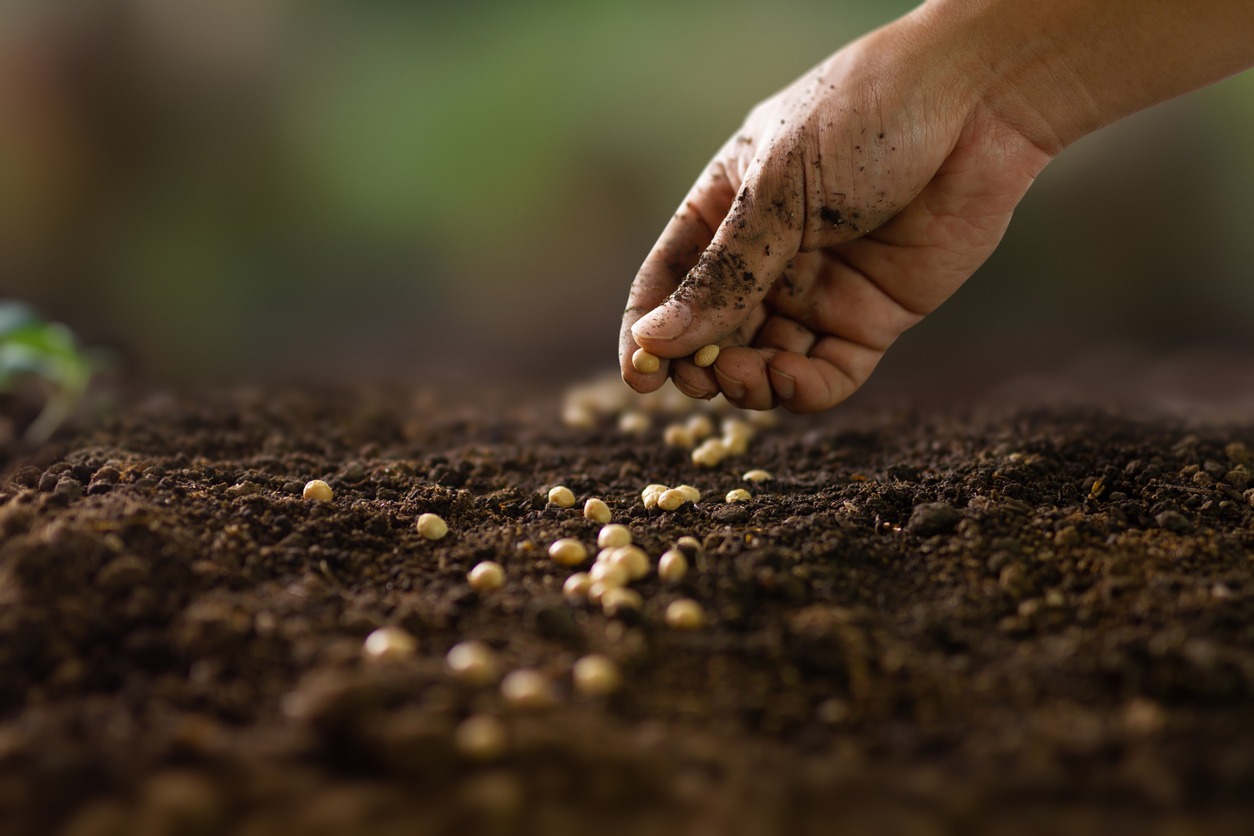
Soil health is the foundation of a thriving permaculture system. Healthy soil teems with organic matter, beneficial microorganisms, and balanced nutrients, all of which contribute to plant growth, water retention, and resilience against pests and diseases.
- Composting and Mulching: Adding compost and organic mulch enriches soil with nutrients and helps retain moisture, making it more fertile and resilient.
- Cover Crops: These crops, often legumes, protect soil from erosion, improve structure, and add nitrogen, an essential nutrient.
- Avoiding Soil Disturbance: Minimal tilling preserves the soil’s natural structure, protecting the soil food web and supporting nutrient cycling.
- Diverse Plantings: Planting a variety of crops, including nitrogen-fixing species like clover, enhances soil quality and yields, fostering a healthier ecosystem.
In addition to plants, integrating livestock such as chickens or rabbits further enriches soil through natural fertilization and aeration, improving overall productivity.
Water Management Techniques
Water is a vital resource in permaculture, and managing it wisely is essential. Several techniques ensure water is conserved and used efficiently.
- Swales and Ponds: Swales are shallow ditches along land contours that capture and slow water runoff, increasing soil moisture and reducing erosion. Ponds can be integrated to store water and support biodiversity.
- Rainwater Harvesting: By collecting rainwater in barrels or cisterns, homesteaders can reduce dependency on municipal or well water for irrigation.
- Hugelkultur: This method involves burying rotting wood under soil to create spongy mounds that retain moisture, reducing watering needs for crops.
- Mulching: Covering soil with organic mulch retains moisture, prevents erosion, and improves soil structure over time.
- Drought-Tolerant Plants: Using native plants adapted to the local climate reduces irrigation requirements, creating a low-maintenance, water-efficient landscape.
Through thoughtful water management, a permaculture homestead not only conserves water but also creates a resilient ecosystem capable of withstanding seasonal variations.
Integrating Plants and Animals
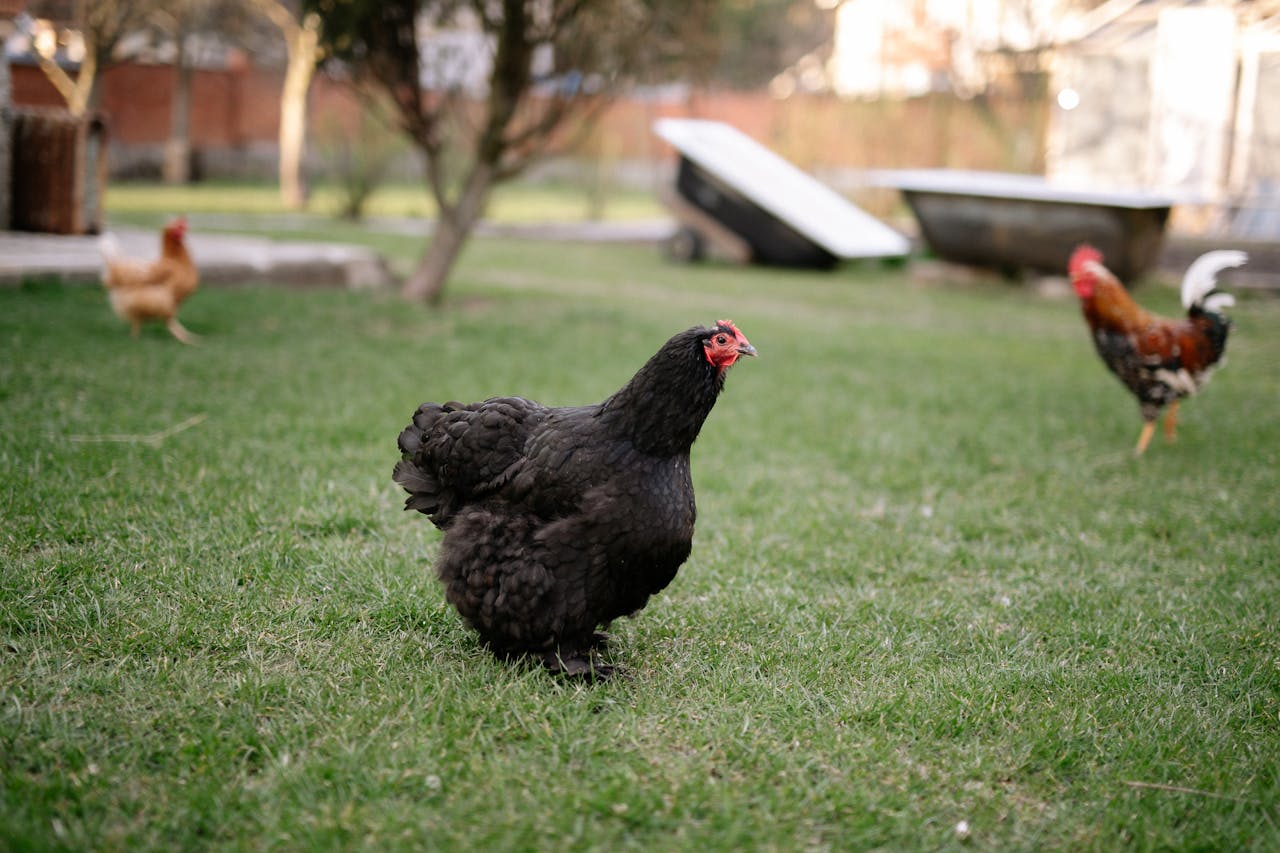
In permaculture, plants and animals are integrated to form self-sustaining systems. This design principle emphasizes the concept of "stacking functions," where each element has multiple roles, reducing waste and maximizing efficiency.
- Chickens: Chickens provide eggs, meat, and manure while controlling pests and tilling soil. Strategically placing coops allows chickens to fertilize and aerate the land naturally.
- Nitrogen-Fixing Plants: These plants, such as beans and clover, enrich the soil and support the growth of other plants, reducing the need for external fertilizers.
- Polycultures: Growing diverse plant species together mimics natural ecosystems, promoting soil health, biodiversity, and resilience to pests.
By integrating plants and animals, a permaculture homestead leverages the interdependencies found in nature, creating a balanced, efficient, and productive environment.
Energy Efficiency in Homesteading
Energy efficiency is crucial for a sustainable homestead. Through passive solar design, insulation, and renewable energy, homesteaders can reduce their reliance on non-renewable resources.
- Passive Solar Design: Orienting buildings to maximize sunlight reduces heating and cooling needs.
- Insulation and Sealing: Proper insulation, coupled with air-tight sealing, minimizes energy loss, making homes more energy-efficient.
- Renewable Energy Sources: Solar panels, wind turbines, and micro-hydro systems provide sustainable energy alternatives.
- Thermal Mass: Using materials like concrete or stone to store and release heat stabilizes indoor temperatures, reducing energy demands.
These techniques contribute to a homestead that is resilient, resource-efficient, and less dependent on external energy sources.
Conclusion
Implementing permaculture principles can seem overwhelming, but starting small makes the journey manageable and rewarding. Begin by observing and understanding the land, then apply simple techniques like composting, planting a small garden, or creating a rainwater catchment system.
For a deeper understanding, consider taking a permaculture course or consulting additional resources. Each small change adds up, transforming a homestead into a self-sustaining, productive oasis. The result is a thriving ecosystem that supports human needs while honoring and preserving nature’s resources.
Permaculture offers a path to a sustainable, resilient homestead that works in harmony with nature, reducing waste and fostering abundant resources. Through careful design and thoughtful practices, any homestead can become a productive, environmentally friendly space where every element contributes to the success of the whole.

